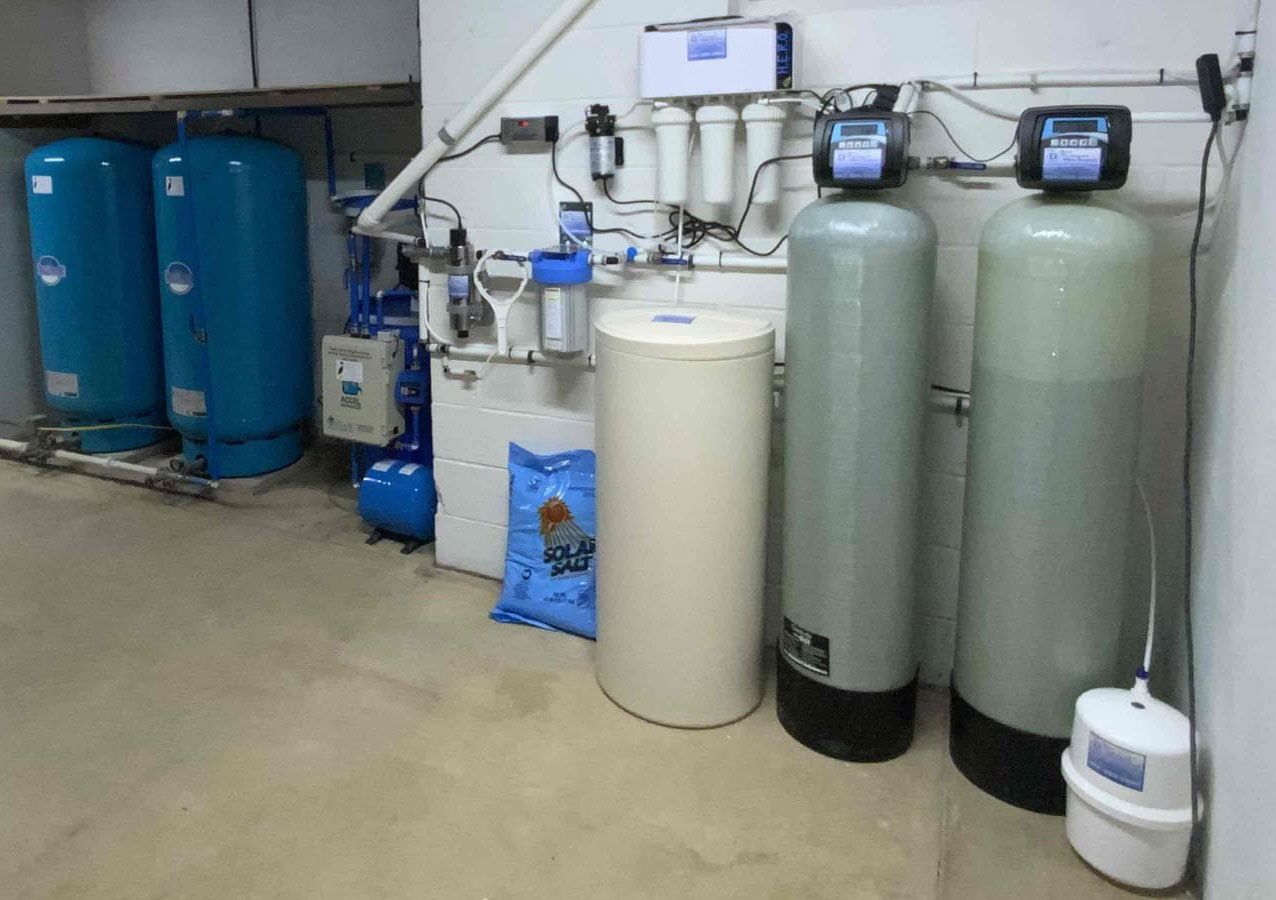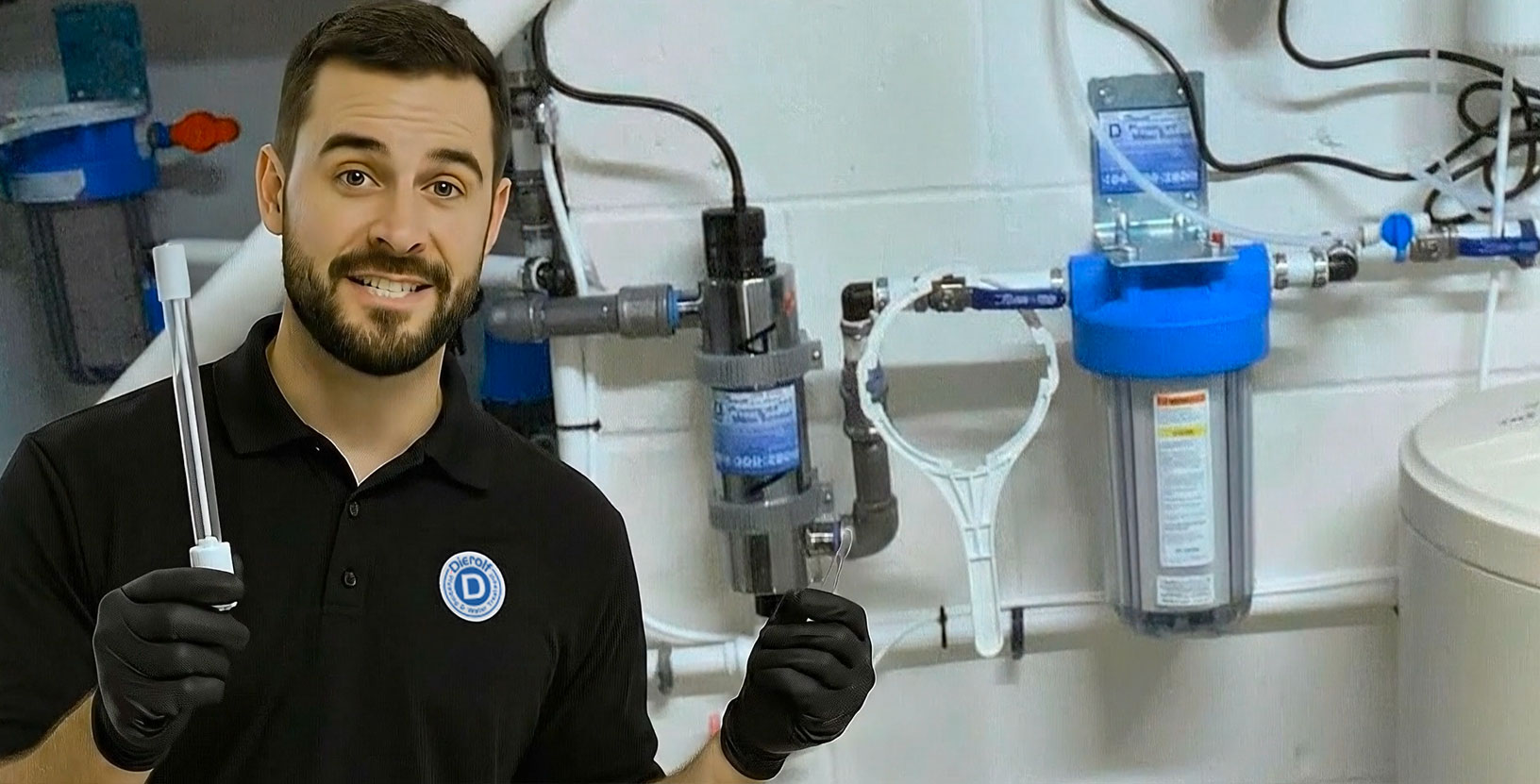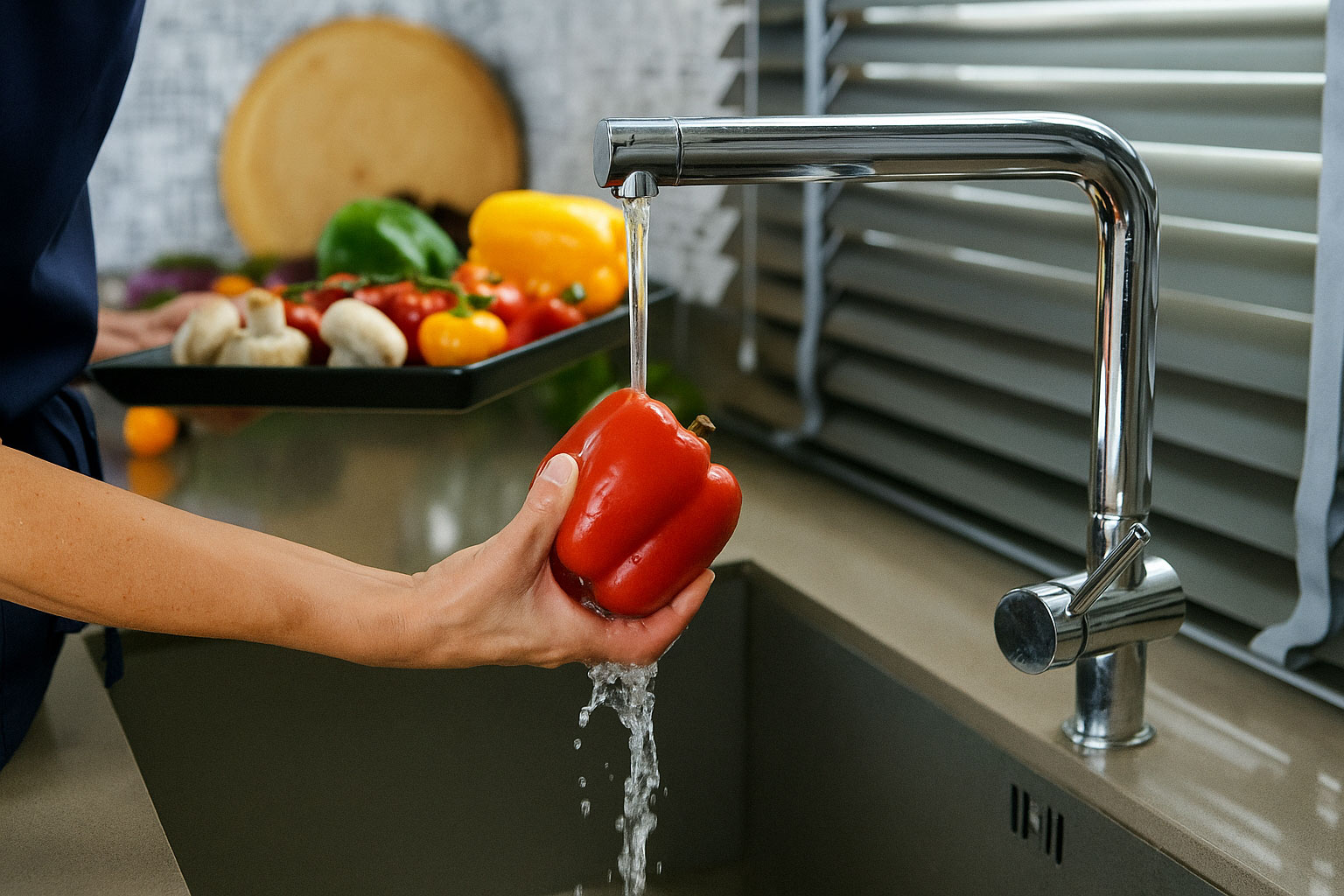Hydration Matters—But Plain Water Still Wins
Proper hydration is non-negotiable for young athletes. Even a 2 % loss of body weight through sweat can impair performance and raise heat-illness risk, according to the American College of Sports Medicine and the National Athletic Trainers’ Association.
Both groups recommend drinking before, during, and after activity to match individual sweat rates and scheduling regular water breaks rather than relying on thirst alone. The National Federation of State High School Associations echoes these guidelines for school sports.
For most practices and games, plain water remains the gold standard. Low-sugar electrolyte drinks can help during very long or hot sessions, but routine school workouts do not require anything more exotic.
What Is Alkaline Water?
Alkaline water is drinking water with a pH above neutral 7, often 8–9, sometimes fortified with calcium, magnesium, or bicarbonate.
For context, both the U.S. Environmental Protection Agency and the World Health Organization recommend a pH range of roughly 6.5–8.5 for municipal drinking water. These limits are based on taste and infrastructure protection, not athletic performance.
The Evidence on Athletic Performance: Thin and Mixed
A handful of small adult trials have explored alkaline or bicarbonate-rich waters:
- A 2018 PLOS ONE study reported slightly improved sprint power and lower blood lactate after high-pH water,
- A Journal of the International Society of Sports Nutrition trial found reduced blood viscosity but no difference in rehydration markers, and
- A Food & Nutrition Research paper documented only biochemical shifts (urine pH, acid load) without showing better sports outcomes.
Other modern studies—such as Journal of Nutritional Metabolism (2024) and Processes (MDPI, 2022)—echo these minor, inconsistent effects.
Key point:
No large trials in children or teen athletes exist, and none prove a consistent real-world performance edge. The consensus from ACSM, NATA, and the American Academy of Pediatrics is that water—plain or mildly mineralized—remains the evidence-based choice for youth hydration.
Potential Downsides of High-pH Water
Moderate pH variation is generally safe, but regularly drinking very high-pH water (above ~9) can pose risks:
- Digestive discomfort such as stomach upset or nausea
- Possible interference with certain medications that rely on normal stomach acidity
- Scaling or corrosion in plumbing and fixtures over time (EPA guidance)
These issues are unlikely with the mild natural alkalinity found in many public systems, but they underscore the importance of testing and moderation.
How Schools and Families Can Approach pH
- Low pH (acidic) water can corrode pipes; treatments such as neutralizers may be needed.
- Neutral pH (~7) is ideal for most plumbing and taste.
- Mildly high pH (7.5–8.5) is generally safe if properly monitored.
- Very high pH (>9) is not recommended for routine drinking without medical supervision.
Our team can test, adjust, and maintain water at low, neutral, or high pH levels, ensuring safe, pleasant-tasting water for athletes and facilities alike.
Key Takeaways for Coaches, Parents, and Athletes
- Stick to fundamentals: cold, clean water and scheduled hydration breaks.
- Use low-sugar electrolyte drinks only when needed for long or hot sessions.
- See alkaline water as optional: if you enjoy the taste, it’s fine in moderation—but don’t expect a performance boost.
- Consult your healthcare professional before making significant changes, especially for children or those with medical conditions.
Bottom Line
Alkaline water is often marketed as a performance enhancer, yet credible science does not support those claims for school-age athletes. In fact, a review by Harvard Medical School suggests there is very little evidence to support choosing alkaline water of clean, safe drinking water.
There is no harm in enjoying a mildly alkaline glass if you like the flavor, but it will not replace the basics of sound hydration strategy and electrolyte management.
If you’re curious about your school’s or home’s water pH—or need help ensuring it stays in the safe 6.5–8.5 range recommended by the EPA and WHO—Dierolf Plumbing & Water Treatment can provide complete testing and tailored solutions so you can focus on keeping young athletes healthy and well hydrated.



